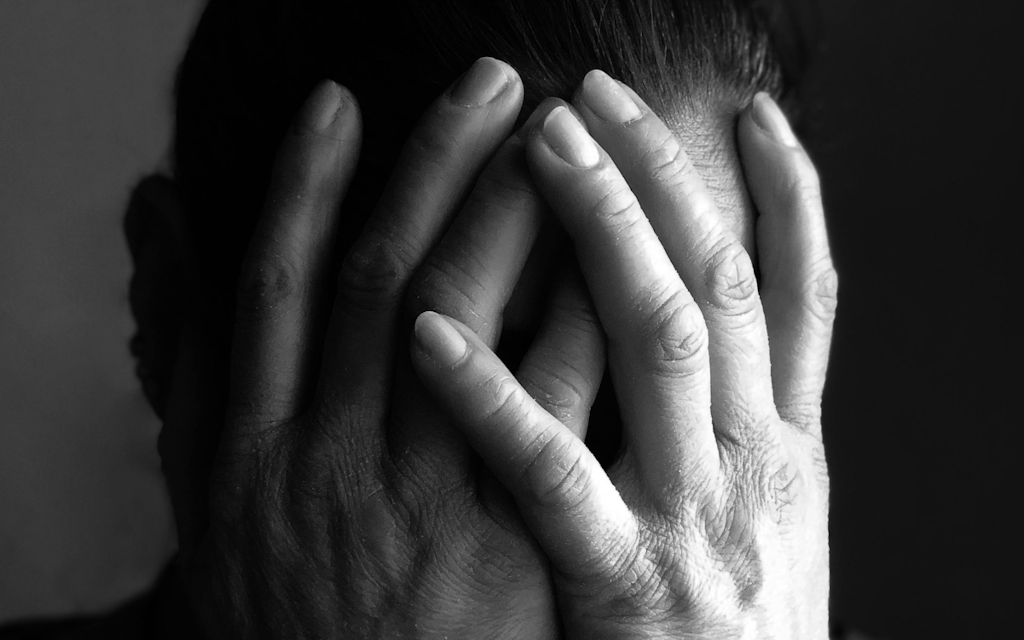Regular care plans review for showering could help providers support dignity – study finds close links between shame and self-harm
Last updated on 12 August 2025

In the management of a large home it is understandable that daily functional matters are made through a macro-lens. In working towards excellence, a broad overview is managed from the executive stance, and processes put in place to ensure quality of care. Where daily processes such as showering are governed and conducted to oversight-compliance measures of the Aged Care Quality Standards, there may still be moments in the vulnerability of the showering process where extra care needs to be taken.
A group of medical experts conducted a study in 2019 reviewing the relationship between shame, guilt and self-harm. The study uncovered clear links between prolonged feelings of shame and the likelihood of self-harm, whether through mental deterioration or physical expressions.
When it comes to the oversight of adhering to the Quality Standards processes, and for guiding front-line staff through the showering process with residents, there is space to consider that in the creation and updating of a resident’s care plan careful language should be used to provide the space for residents to vocalise discomfort. This may mean providing front-line staff with further training to regularly check in with a resident about their care plan, particularly as it pertains to a resident’s comfort with how much of their physical body is viewable.
The Aged Care Quality and Safety Commission has directly examined this facet of care as a measure to be seriously considered in daily procedural care. Supporting front-line staff in consistently understanding privacy preference will have profound impacts on mitigating shame in residents.
“Does the workforce know each consumer’s preferences for personal privacy, for example showering”?
Sector wide the difficulty of ensuring dignity is upheld for each resident, particularly in the vulnerability of the showering procedure, is well noted. Most providers are keenly aware of the delicacy of the routine, for both resident and front-line staff. In an environment where residents are already managing substantial changes, pressures on mental and physical health are significant. Supporting front-line staff to notice signs of discomfort, even if a resident isn’t articulating shame, is a systemic step management may be able to implement.
The authors of the study found that with prolonged shame there was a clear positive association (link) with self-harm actions. They encouraged management, and medical staff, responsible for those in their care to be mindful of the impact of shame on behaviour, “Shame should be considered in psychological assessments with those who self-harm.”
While part of a larger discussion surrounding the upholding of dignity, the authors uphold the pivoting of management to appreciate the impact of shame upon residents and its impact on behaviour. In seeking to uphold dignity for residents it is worthwhile for providers to reconsider how care plans are conducted with residents, perhaps even to provide space to re- establish if a resident is truly comfortable with their full body being visible during the showering process.
As the authors note, guilt is a more complicated psychological component to comprehend. However, it is closely in league with shame and its impacts.
“Guilt too may be experienced as painful, and may give rise to feelings of regret or remorse.”
Whatever negative feelings may be experienced, elevating front-line staff to regularly assess if a client is undergoing feelings of shame and negativity, particularly in the acutely vulnerable showering care may go a long way to ensuring safe experiences for residents and front-line staff alike. Maneuvering to regularly check-in with care-plans and resident behaviour pre, during and post showering is likely to significantly provide the opportunity for residents to engage positively in their care, with beneficial impacts to happiness, frontline staff satisfaction and overall provider functioning when it comes to one of the most vulnerable points of care.